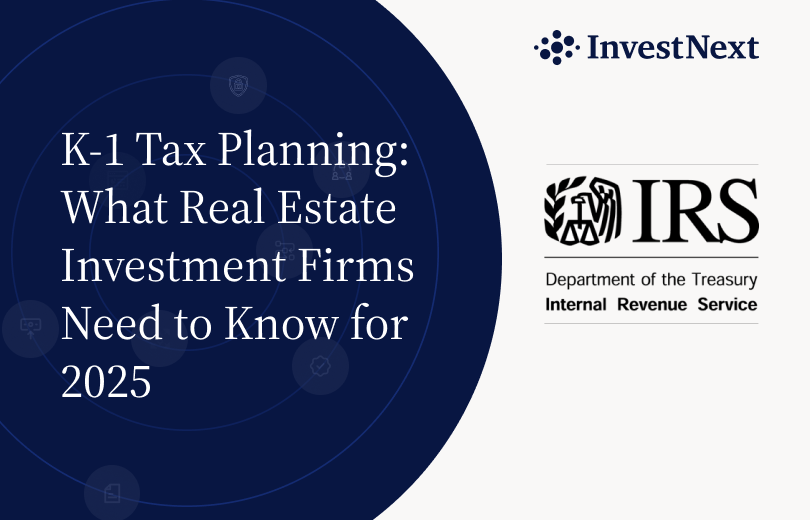The 5% Rule, a fundamental concept in real estate investing, serves as a guideline for investors to estimate the profitability and viability of a property. It’s a simple yet powerful tool to assess potential investments.
- Definition: The 5% rule suggests that an investor should aim for a combined 5% return on rent and appreciation. In other words, the total annual rent and expected property value increase should be at least 5% of the property’s purchase price.
- Origins: This rule originated from traditional investment strategies, evolving over time to suit modern real estate markets. It’s based in the principle of balancing risk and reward. This ensures that investments are not only lucrative but also sustainable in the long term.
Relevance in Today’s Real Estate Market
The 5% rule remains a relevant and frequently used metric due to its simplicity and effectiveness in providing a quick snapshot of a property’s potential.
- Market Analysis: It allows investors to quickly compare properties and market segments, streamlining the decision-making process.
- Risk Assessment: The rule helps in evaluating the risk associated with a property, balancing between rental income and capital appreciation.
- Investment Strategy: By incorporating the 5% rule, investors can align their strategies with market dynamics, ensuring a more informed and data-driven approach to property investment.
How the 5% Rule Works
The 5% Rule in real estate investing is a straightforward yet insightful tool for evaluating investment properties. It’s essential for investors to understand how this rule functions to make informed decisions.
- Fundamental Principle: The rule states that the sum of annual rent and the potential annual appreciation should be at least 5% of the property’s purchase price. This percentage serves as a benchmark to gauge the attractiveness of an investment.
- Calculation Basis: The 5% derives from two main components: rental yield and capital appreciation. Rental yield is the annual rent income as a percentage of the property’s value, while capital appreciation refers to the expected increase in the property’s value over time.
Step-by-Step Guide to Applying the 5% Rule
Applying the 5% rule requires a methodical approach to accurately assess a real estate investment.
- Determine the Annual Rent: Estimate the total rent collected in over a year. This figure should be based on current market rates and the property’s characteristics.
- Estimate Annual Appreciation: Analyze market trends and historical data to project the potential annual increase in the property’s value.
- Calculate Total Returns: Add the annual rent and the estimated appreciation amount.
- Assess Against Property Price: Divide the total returns by the purchase price of the property and convert it into a percentage.
- Evaluate Investment Viability: If the resulting percentage is 5% or higher, the property potentially meets the criteria set by the 5% rule.
In summary, this rule provides a quantifiable method to compare different properties and make investment decisions that align with one’s financial goals and risk tolerance.

Significance for Real Estate Investors
Grasping the concept of “What is the 5 rule in real estate investing” is crucial for real estate investors as it offers a pragmatic approach to evaluating properties.
- Balancing Risk and Reward: The 5% rule assists in finding a balance between potential rental income and the appreciation of the property’s value, crucial for long-term investment stability.
- Quick Evaluation Tool: It provides a quick and easy method to screen properties, helping investors to narrow down their options effectively.
The Role of the 5% Rule in ROI and Risk Assessment
The 5% rule is instrumental in assessing the potential return on investment (ROI) and the associated risks in real estate investments.
- ROI Consideration: The rule helps in estimating the annual return on investment, considering both rental income and capital appreciation. A property that meets or exceeds the 5% threshold typically indicates a healthy ROI.
- Risk Mitigation: By focusing on properties that adhere to this rule, investors can mitigate risks related to cash flow and market volatility. The rule ensures that the investment is not overly reliant on either rental income or price appreciation alone, promoting a balanced investment approach.
This rule has become a staple in the investor’s toolkit, aiding in the navigation of the complex and dynamic world of real estate investment.
Comparing the 5% Rule with Other Investment Metrics
For real estate investors, it’s important to juxtapose the 5% rule with other prevalent investment metrics to gain a comprehensive understanding of a property’s potential.
- Cap Rates: Capitalization rates, or cap rates, measure the annual return on an investment disregarding financing. While the 5% rule includes appreciation, cap rates focus solely on rental income.
- Cash-on-Cash Returns: This metric assesses the return on the actual cash invested, considering financing. The 5% rule, in contrast, considers the total property value, not just the cash invested.
When to Use the 5% Rule Alongside Other Metrics
The 5% rule should sometimes be applied in conjunction with other metrics for a more nuanced analysis.
- Complementary Analysis: Utilize the 5% rule for a quick assessment, and then delve deeper with cap rates and cash-on-cash returns for a detailed understanding.
- Market-Specific Strategies: In markets with high appreciation potential, the 5% rule can be a primary tool, supplemented by other metrics for properties in stable markets with less appreciation but consistent rental incomes.

Adapting the 5% Rule to Different Real Estate Markets
When considering “What is the 5 rule in real estate investing,” it’s essential to recognize its adaptability to various market scenarios. This adaptability is crucial for its applicability across different real estate landscapes.
- Market Variations: Real estate markets can vary greatly in terms of appreciation rates, rental yields, and economic conditions. The 5% rule provides a flexible framework to fit these diverse market conditions.
- Customization for Specific Markets: Investors can modify the parameters of the 5% rule (like focusing more on rental yield in high-demand rental areas or on appreciation in rapidly growing markets) to align with the unique characteristics of each market.
Adjusting the 5% Rule Based on Location and Property Type
The effectiveness of the 5% rule can be enhanced by tailoring it to specific locations and property types, considering the unique dynamics of each.
- Location-Specific Adjustments: In areas with high property appreciation but lower rental yields, the focus might shift more towards capital growth. Conversely, in stable markets with lower appreciation, the emphasis might be on rental income.
- Property Type Considerations: The rule can bend according to property types – residential, commercial, or industrial – each having different risk and return profiles.
In summary, “What is the 5 rule in real estate investing” involves appreciating its versatility and adaptability. By adjusting the rule’s parameters to suit different market conditions, locations, and property types, investors can make more informed and contextually relevant investment decisions.
Potential Pitfalls and Limitations
While “What is the 5 rule in real estate investing” serves as a valuable guideline, it’s crucial for investors to be aware of its limitations and the scenarios where it may not provide a complete picture.
- Market Specificity: The rule may not accurately reflect the nuances of certain markets, especially those with unique economic or regulatory conditions.
- Overreliance on Appreciation: In markets where property values are highly volatile or stagnant, relying heavily on the appreciation component of the 5% rule can lead to miscalculations.
Exercising Caution and Considering Additional Factors
Real estate investment decisions should not be based solely on the 5% rule. It’s important to consider additional factors and exercise caution.
- Comprehensive Market Analysis: Investors should conduct a thorough market analysis, including economic trends, local market conditions, and property-specific factors.
- Diversifying Investment Criteria: Diversification of criteria, such as including cash flow analysis, property condition, and tenant quality, can provide a more holistic view of the investment’s potential.
While “What is the 5 rule in real estate investing” offers a useful framework, it should be applied with a clear understanding of its limitations and in conjunction with a broader investment analysis strategy. This approach ensures a more balanced and informed investment decision, reducing the risks associated with overreliance on any single metric.

Implementing the 5% Rule with InvestNext
Incorporating “What is the 5 rule in real estate investing” into investment strategies can be significantly streamlined with platforms like InvestNext. This section explores how such platforms can assist investors in applying the 5% rule effectively.
- Data-Driven Analysis: InvestNext offers comprehensive market data and analytical tools, enabling investors to calculate and apply the 5% rule accurately and efficiently.
- Customizable Tools: The platform’s customizable features allow investors to adjust the parameters of the 5% rule according to specific market conditions and investment goals.
Aligning InvestNext’s Features with the 5% Rule Principles
InvestNext’s platform capabilities align with the principles of the 5% rule, enhancing its practical application in real estate investment.
- Market Insights: InvestNext provides in-depth insights into market trends, property appreciation rates, and rental yields, essential for applying the 5% rule.
- Portfolio Management: The platform facilitates efficient portfolio management, making it easier for investors to track the performance of their investments against the 5% rule benchmarks.
In summary, using platforms like InvestNext can empower real estate investors to apply “What is the 5 rule in real estate investing” with greater precision and ease. The integration of technology and data analytics provided by such platforms plays a pivotal role in making informed, data-driven investment decisions, aligning with the modern investor’s need for efficiency and accuracy.







